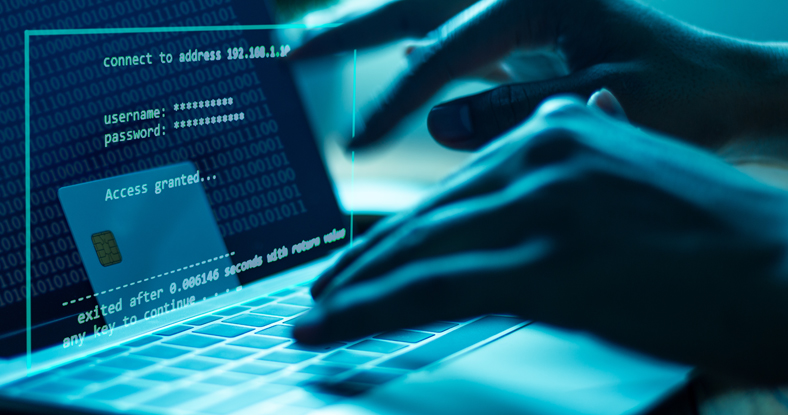News +
Insights

How To Protect Yourself from Online Fraud
The digital world has provided the ability to communicate more efficiently and expand our economy, but it has also provided criminals with additional avenues to execute fraud. Cybercrime is continuing to grow, and the offenders are becoming crafty. Unfortunately, we are hearing more and more stories from friends and family of losses due to identity theft and cybercrime.
The first step to protect yourself from fraud is awareness. If you are careful in protecting personal data, you create a wall around your assets. Awareness helps you remember not to let your guard down. We are learning of many instances of criminals pretending to be there to help by misrepresenting a theft already in place, then once they have you in a state of fear, they use this an opportunity to access personal information and then use that data to commit the fraud they are currently pretending to prevent.
With a mindset of awareness around fraud protection, here is a list of steps to consider:
1. Be Mindful of Fraudulent Calls – As noted above, there is an increase in fraudulent phone calls where the criminal pretends to be a provider (such as a banker) giving a false report of fraudulent activity. He or she then asks you for your personal information to confirm your identity, which is then used to hack your accounts. Your providers such as your bank, Charles Schwab, or the IRS will never call you and then ask you for your personal information.
2. Be Mindful of Fraudulent Emails – Keep a close eye on email addresses you receive correspondence from. It is common for cybercriminals to closely mimic email addresses of your friends, family and providers to request information. It is also sometimes possible for email addresses get hacked. If you receive an email from an address that you trust, but the language sounds strange or asks for personal information, call that person directly instead of responding.
3. Don’t Click on Links – Emails are the most successful way cybercriminals access personal financial information. If you are ever uncertain of an email asking to “click to review”, “download”, or “share” information, then call the business to confirm (and don’t call the number within the email – call the business number you normally use).
4. Don’t Email Personal Information – Be careful not to send account numbers and personal information such as social security numbers via unsecure email. Be mindful that attached documents sometimes have personal information within the document. Always ask for a secure system for transferring personal information electronically.
5. Use Complex Passwords – https://www.security.org/how-secure-is-my-password/ is a great resource for creating and testing secure passwords.
6. Multifactor Authentication – Many websites offer (or often require) multifactor authentication. This is a great additional step to making it more difficult for cybercriminals to access your accounts.
7. Wi-Fi Protection – Cybercriminals can access your computer through your network. Make sure to have a strong password for your home Wi-Fi network. Avoid using public Wi-Fi unless necessary. Instead, you can connect via your cell phone network and create a hotspot (and password to join).
8. Review Your Bank Activity Regularly – It is important to review your financial account transactions monthly and report any suspicious activity immediately to reduce losses. If you lose a credit or debit card, report the loss immediately so you won’t be responsible for losses.